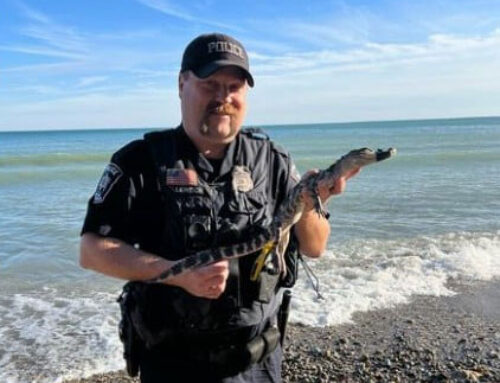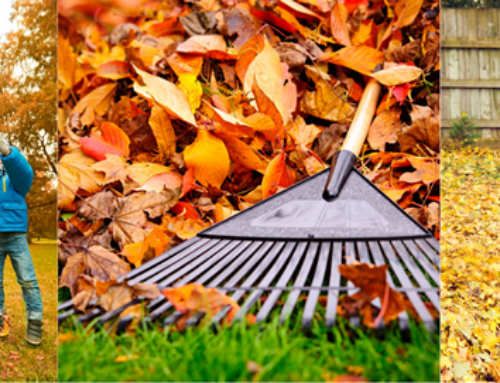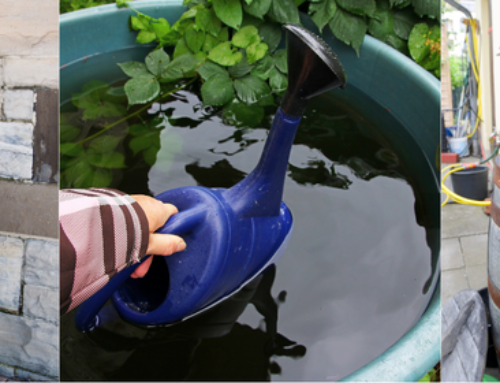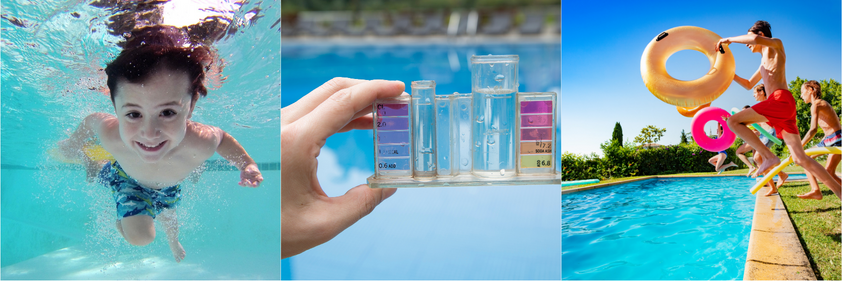
Fish Don’t Swim in Chlorine
Following a few simple steps will prepare your pool water for entering local waterways
Dechlorinate the water
Water from swimming pools and spas must be dechlorinated prior to discharging water. Let the water in the pool or spa sit for at least one week to reduce the chlorine or bromine level until it is undetectable and water temperature is at air temperature. Measure the pH. It should fall within a range of 6.5 – 8.5 prior to discharge.
discharging water to grass or landscaping
Discharging pool and spa water onto grass or landscaping will allow water to soak into the earth, where the water will be naturally cleansed prior to entering local waterways.
If irrigation on site is not possible, water may be discharged off your property – provided it is directed through a grassed surface prior to entering a curbside gutter or a paved street. Do not fertilize prior to discharging pool water.
Monitoring the discharge
Do not let water discharge onto your neighbor’s property. Monitor water as it is discharging to ensure it does not cause erosion or flooding. Discharge the water in a manner that will prevent nuisance conditions (such as creation of odors and fly and mosquito breeding conditions) due to ponding of water for a prolonged period.
protect local waterways
If a pool or spa has been acid washed, the water may not be discharged off the pool/spa owner’s property. Water from back flushing pool filters should only be discharged to the sanitary sewer (down a sink or toilet) or on-site septic tank system where it will be treated prior to entering local waters.
Remember it is illegal in all communities to discharge pollutants, including chlorinated pool water, into a storm drain. As a pool or spa owner, you are responsible for following your municipality’s ordinance for pool and spa discharge. Contact your municipality for regulations
Northeast Wisconsin Stormwater Consortium (NEWSC) P.O. Box 1861 Appleton, WI 54912 l 920.851.4336
RenewOurWaters.org

Stormwater is rain or snowmelt and water from things people do, like washing the car or watering the lawn. As water makes its way to the storm drain it picks up pollutants like oil from car leaks and bacteria from pet waste. When we choose products carefully and dispose of products properly, we can greatly reduce the amount of pollution that enters our local waters through runoff.
Untreated runoff is the biggest threat to our nation’s water quality, according to the U.S. Environmental Protection Agency. Let’s make the small, important changes that will reduce that threat and improve water quality and our lives!
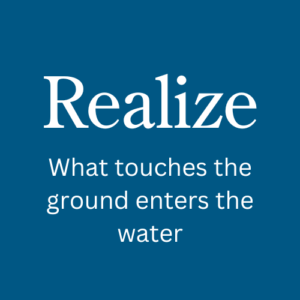
—

—


